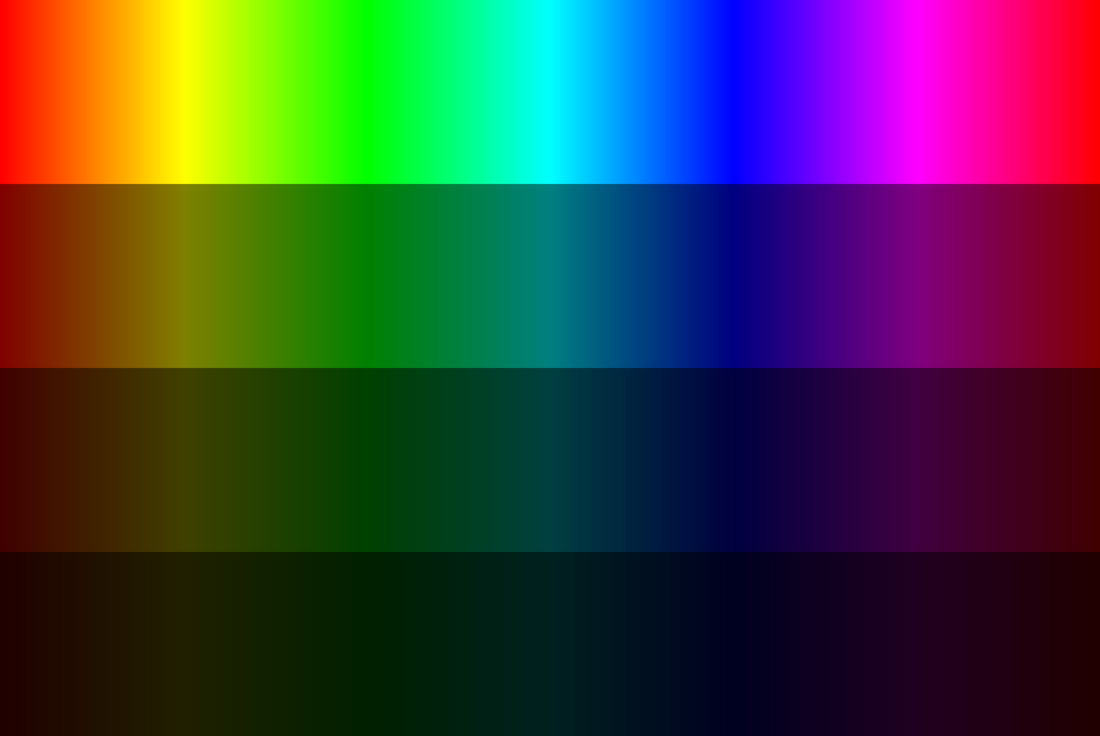Hunt effect (color)
From Wikipedia, the free encyclopedia
The Hunt effect or Luminance-on-colorfulness effect[1] comprises an increase in colorfulness of a color with increasing luminance. The effect was first described by RWG Hunt in 1952.[2]

Hunt noted that this effect occurs at low luminance levels. At higher luminance, he noted a hue shift of colors to be more blue with higher luminance, which is now known as the Bezold–Brücke effect. The Hunt effect is related to the Helmholtz–Kohlrausch effect, where a saturated stimulus is seen to be brighter than less saturated or achromatic stimuli.
See also
References
Wikiwand - on
Seamless Wikipedia browsing. On steroids.
